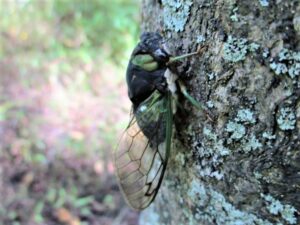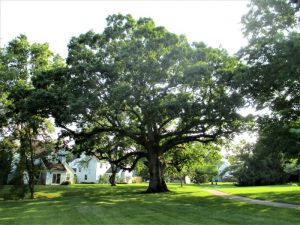Please join us for the Northeast Green Industry Showcase this Friday and Saturday (OCTOBER 1-2, 2021) at the Hunterdon County Fairgrounds.
Educational Programing provided by Rutgers University in cooperation with NJLCA – pesticide recertification credits are available for select presentations
What is NGIS? – The Northeast Green Industry Showcase is a comprehensive landscape, nursery, horticulture, hardscape, outdoor living, and equipment showcase.
We are excited to have presentations focused on emerging green industry opportunities as well as challenges. On Saturday Oct. 2nd we welcome SEBS-NJAES Executive Dean Dr. Lawson and the new Director of Rutgers Gardens and Campus Stewardship Ariana Arancibia to speak about the importance of Green Spaces!
Registration is required!

Dates: this Friday 10/1 and Saturday 10/2
Location: Roger K. Everitt Fairgrounds – Home of the Hunterdon County 4-H & Agricultural Fair (1207 County Route 179 (Just off US Route 202) Lambertville, NJ 08530)
Click here for more information and to register
Discount code (40% off): FLASH21


